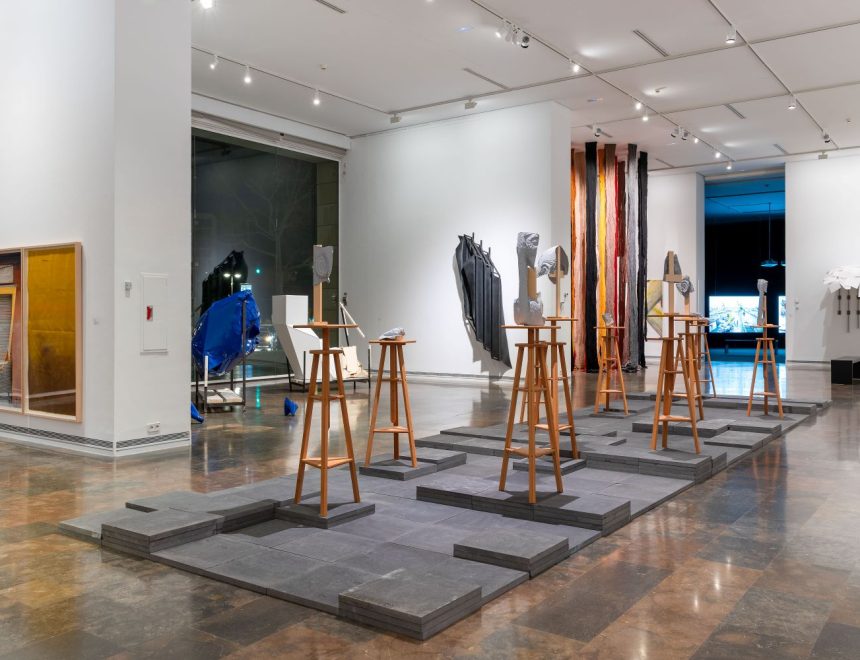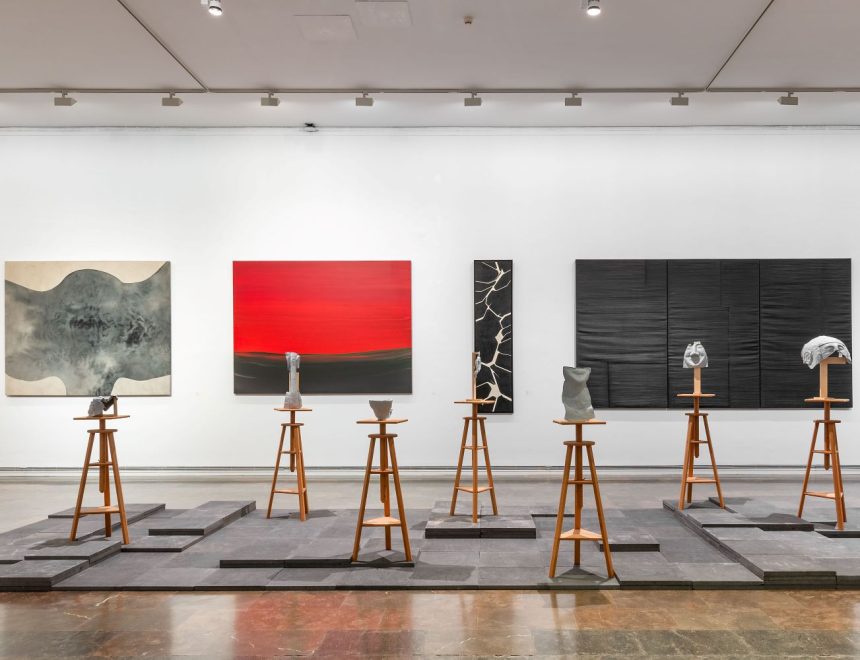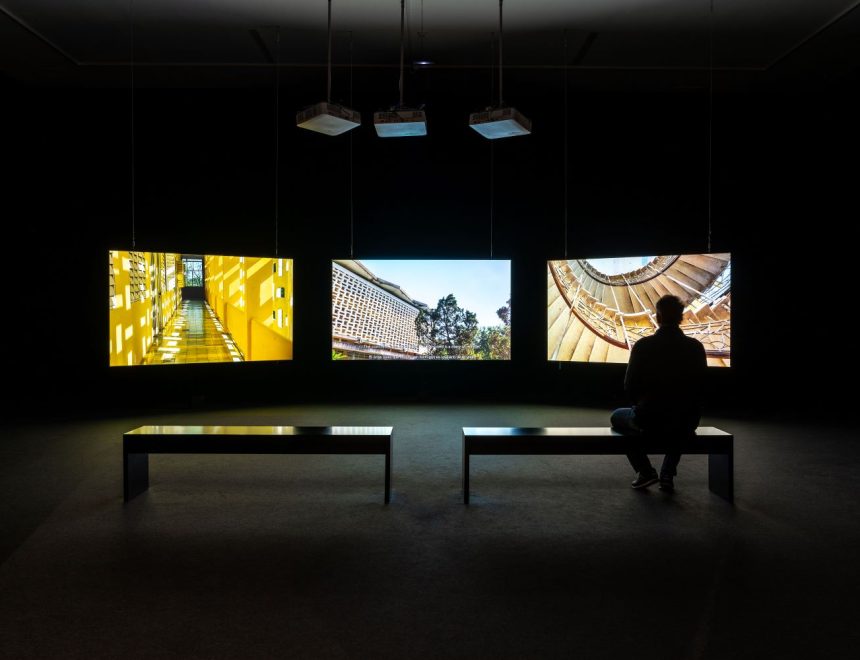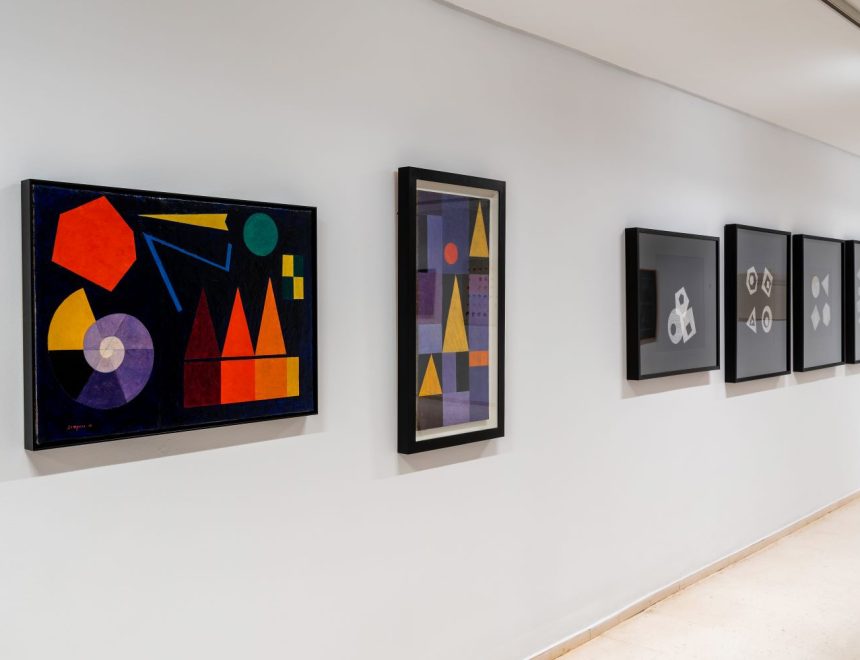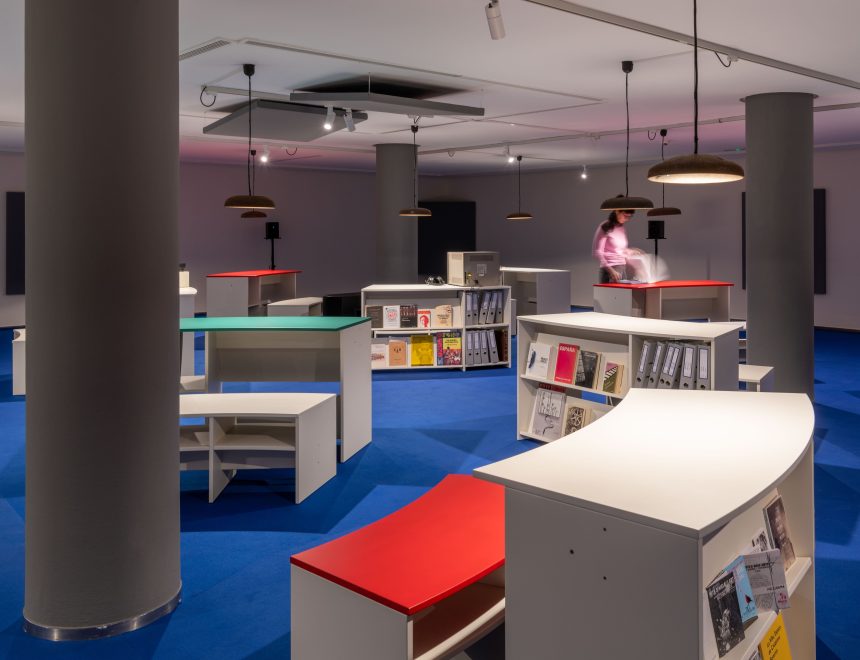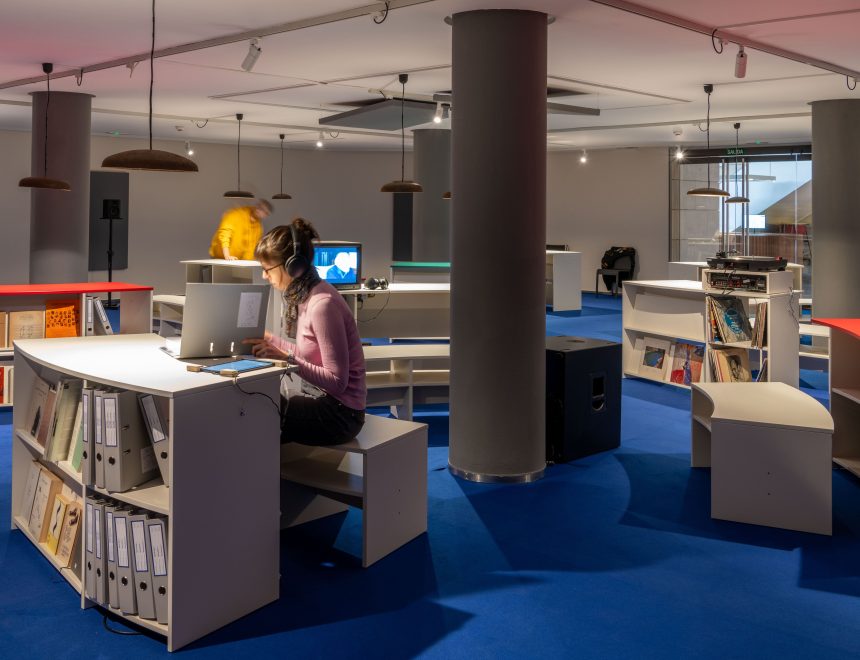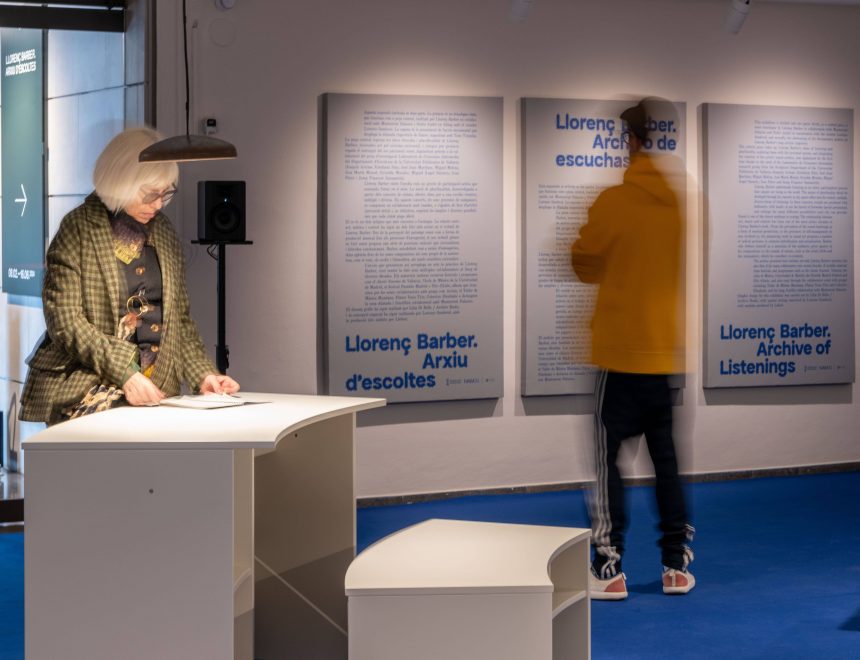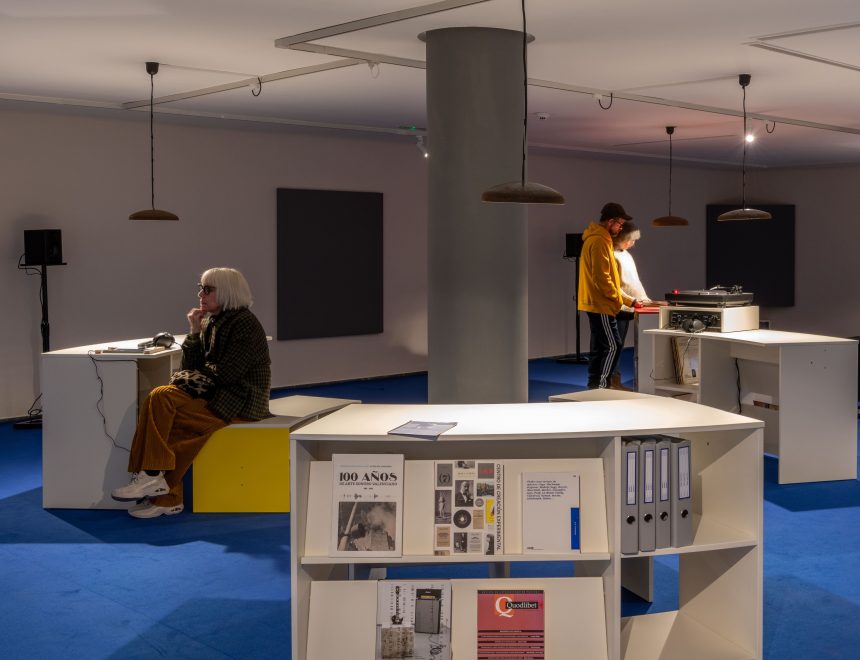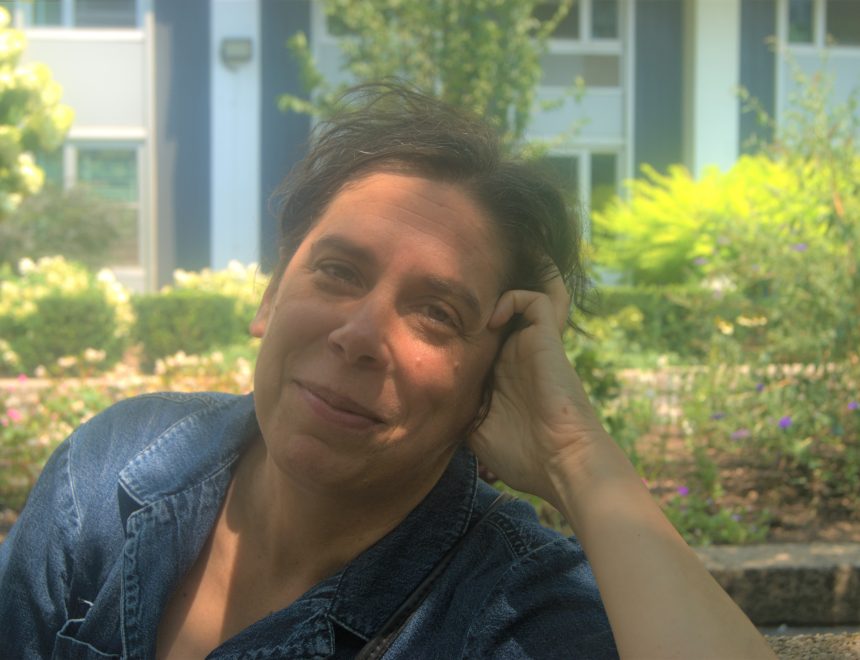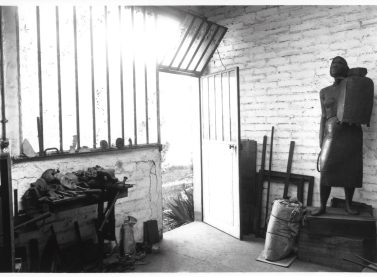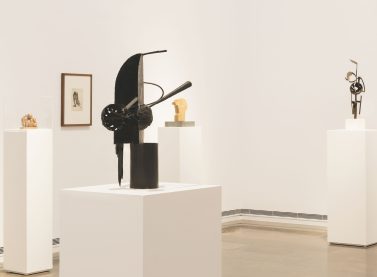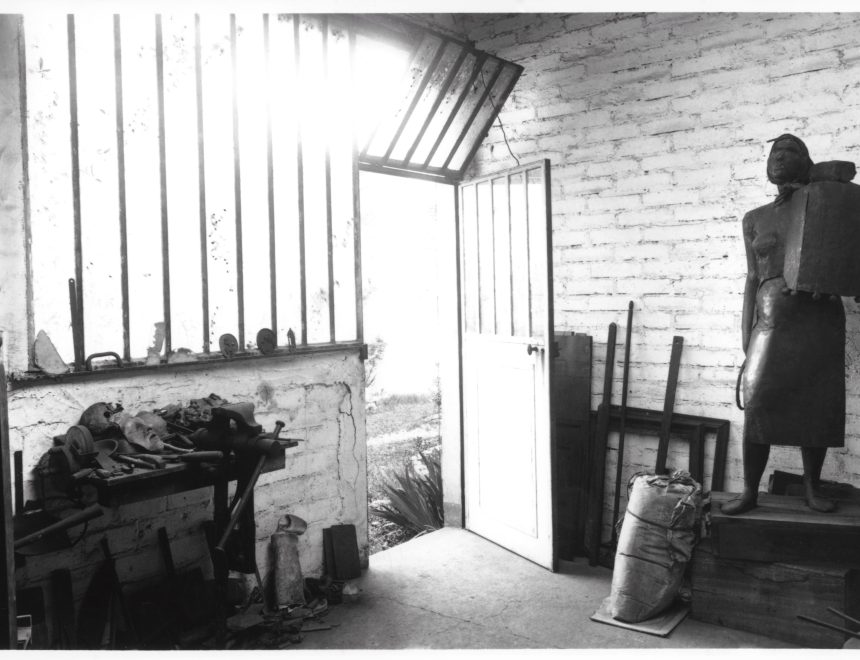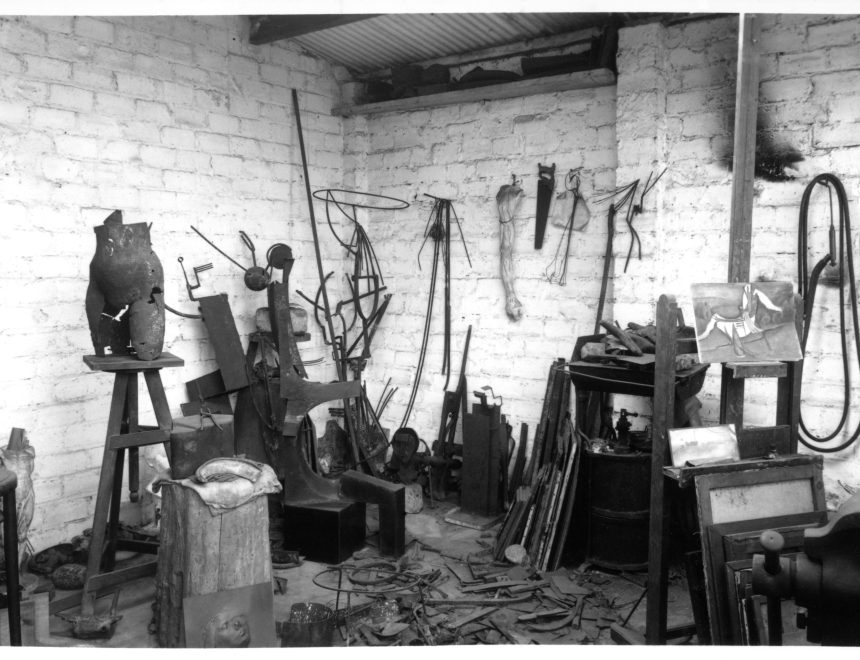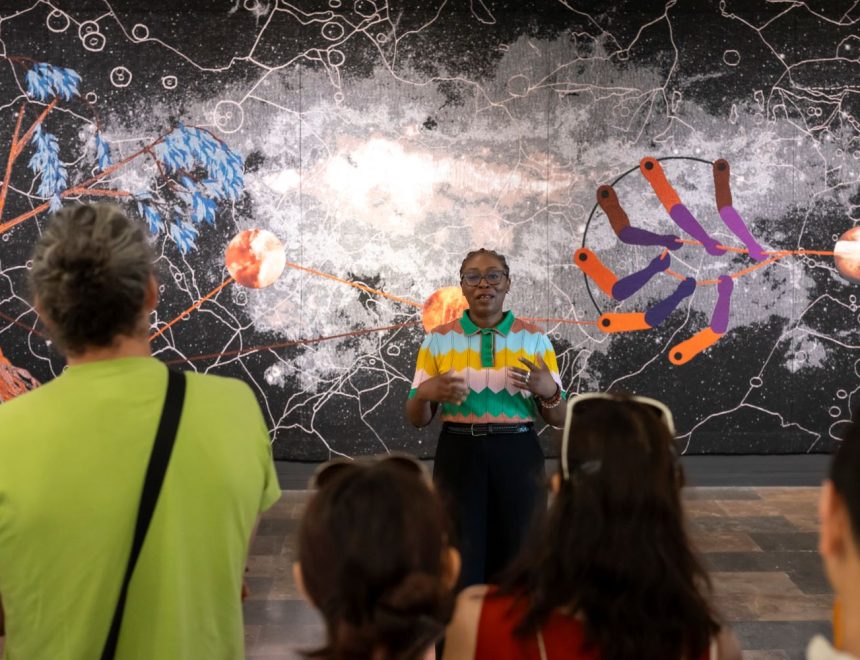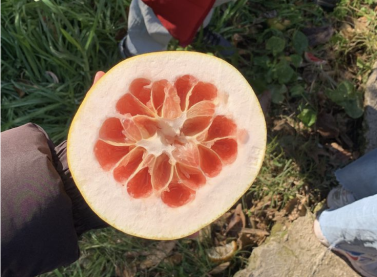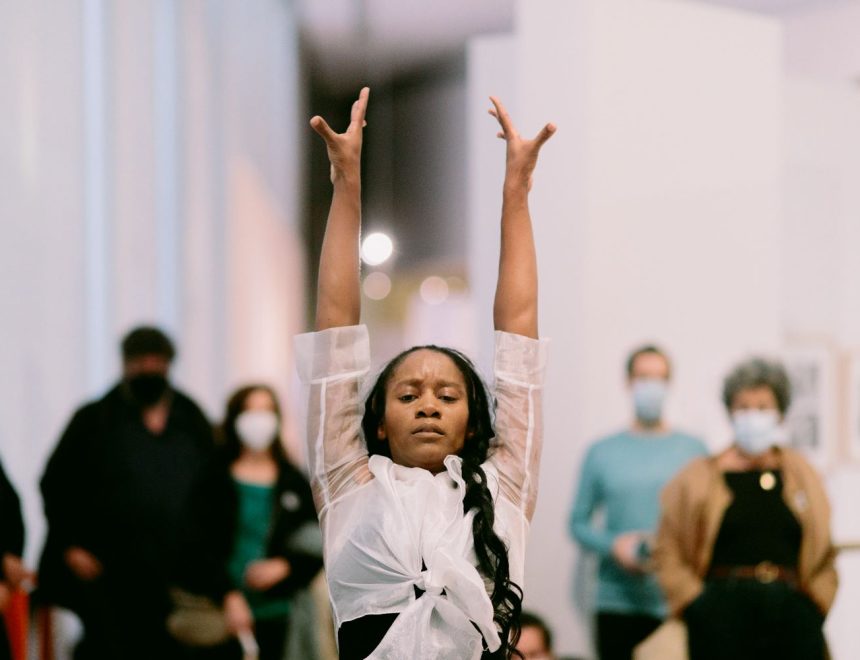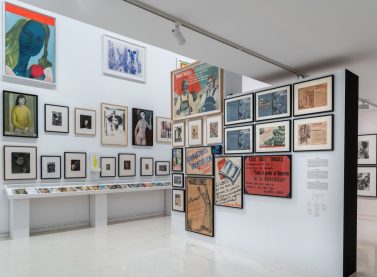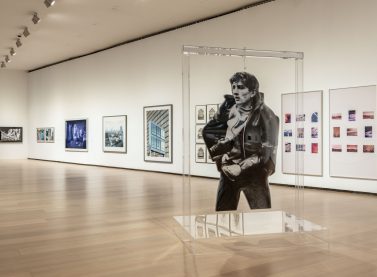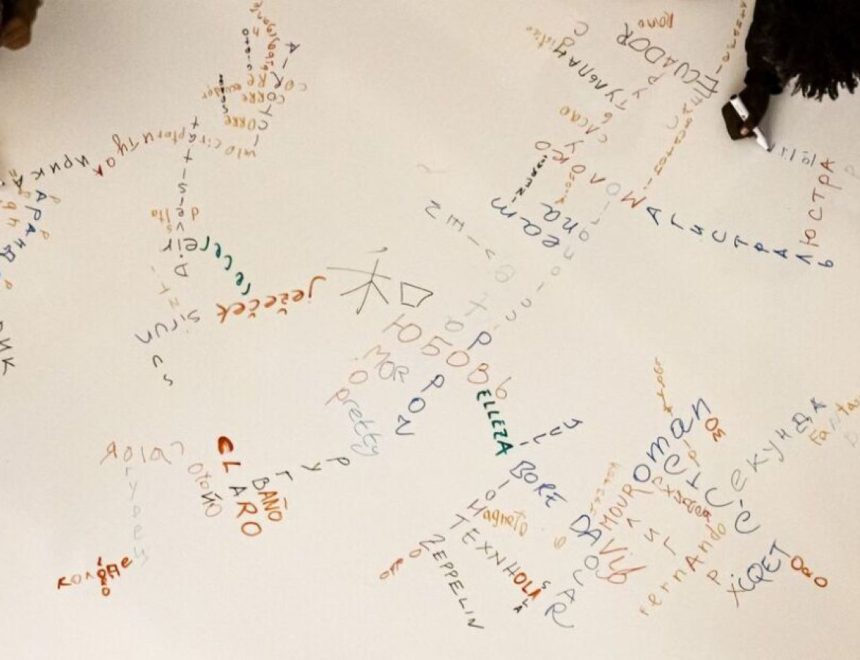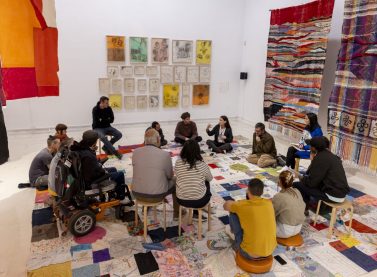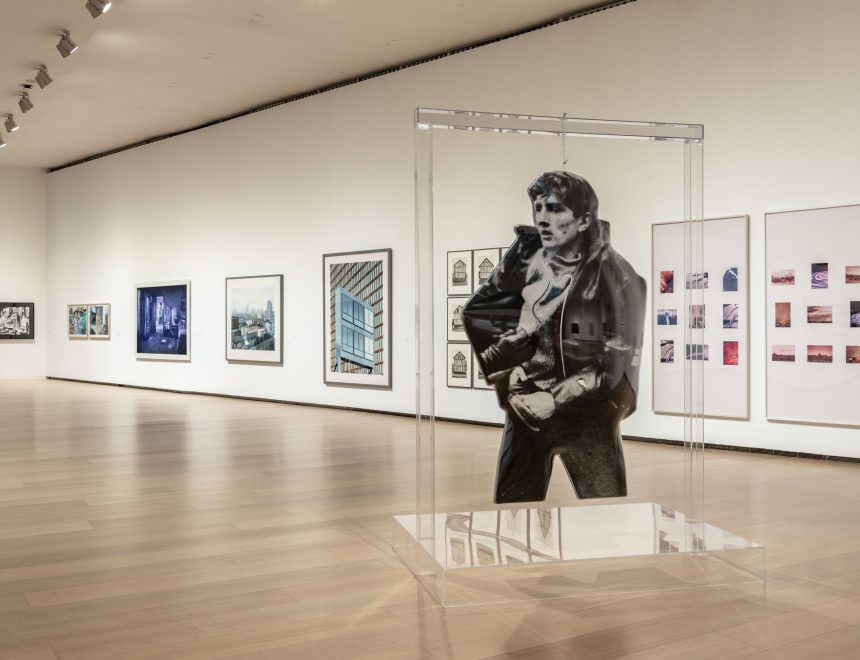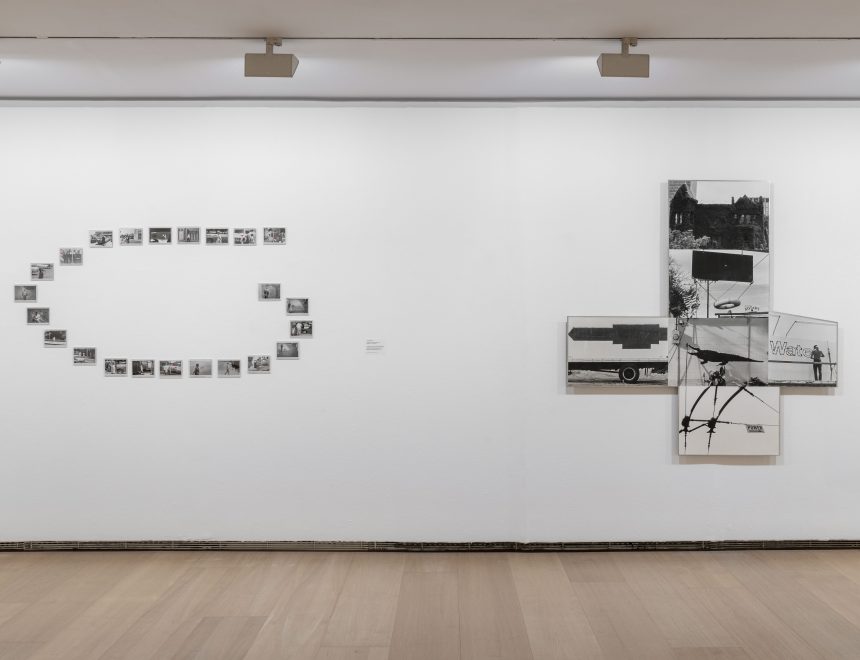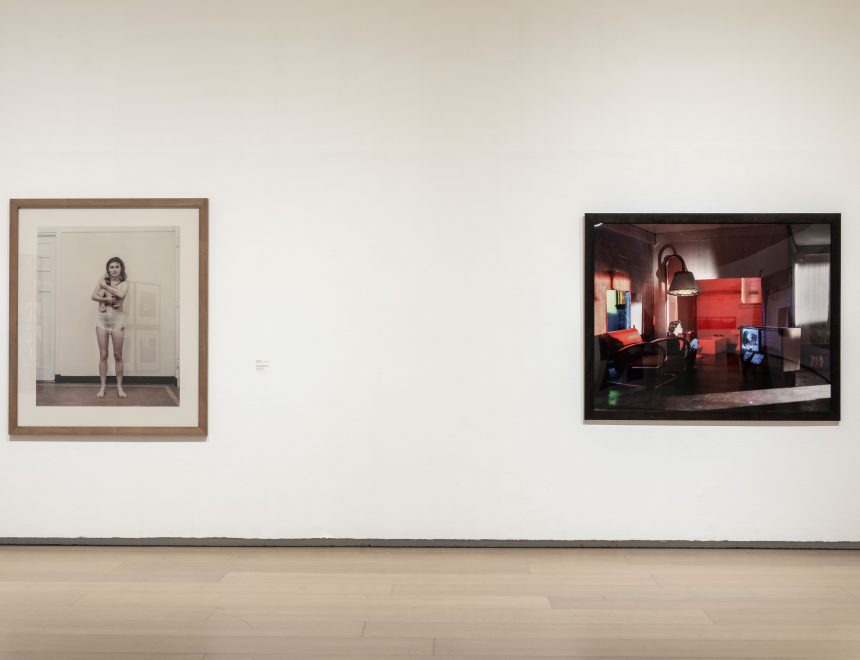Coinciding with the exhibition Being an artist. Julio González, and with the upcoming publication of the book that accompanies this exhibition, the Institut Valencià d’Art Modern (IVAM) organizes a seminar that proposes a new reading of the work of Julio González. Coordinated by Juan José Lahuerta, curator of the exhibition and author of the book, the seminar will feature the participation of Jordana Mendelson, Rocío Robles Tardío and Celia Marín.
Both the exhibition and the book propose a continuous vision of the work of Julio González through themes that, coming from the academy, run through it completely: from the female nude, an academic theme par excellence, which González develops in all its aspects, to motherhood, which culminates in the sculpture Montserrat in the Pavilion of the Spanish Republic from 1937. In addition to drawings, paintings, jewelry and sculptures from the IVAM collection, the exhibition includes a large number of manuscripts, letters, documents and photographs that are not They only complement or contextualize his work, but are an essential part of it, and have also been included in the pages of the book.
On this basis, the two faces that coexist in the work of Julio González can be better explained: on the one hand, his origin in an artisan workshop, his father’s metalwork, which would also seem to be his destiny, and, on the other, in the face of this destiny, one will is to be an artist, in the idealized sense that the end of the century gives to that word. The extraordinary work of Julio González is that of a sculptor who has defeated that “tyranny”, making craft and iron, precisely, the condition and material of a radically new work, the undisputed protagonist of the great transformations experienced by art. in the era of the avant-garde.
The seminar will focus on deepening some of these topics, such as, for example, Julio González’s relationship with Picasso in his training as an avant-garde artist; González’s use of materials of popular origin, such as postcards, so abundant in his archives and presented together for the first time in this exhibition; González’s manuscripts and his vision of art and the artist through his attempts to theorize his work; the review of González’s life in the setting of the Paris of modernity and the avant-garde; or, finally, the posterity of Julio González’s work and its presence in the construction of the history of modern art. All these visions will be complementary and designed to allow open discussion and critical insight into a work from which there is still much to learn and enjoy.
SEMINAR PROGRAM
Tuesday, December 12, from 11 a.m. to 7:30 p.m. IVAM Center Julio González
11:00 a.m.- Welcome Nuria Enguita. IVAM Director
11.15 a.m.- Julio González Conference: iron, planes, war, cards and masks by Juan José Lahuerta. Professor of Art History at the TS School of Architecture of Barcelona.
12:30 p.m.- Conference Modern Banalities: Recto and Verso of the Artistic Self by Jordana Mendelson. Director of the King Juan Carlos I of Spain Center of Spain in New York. In English with simultaneous translation.
Pause
4:00 p.m.- Commented visit to the exhibition. IVAM mediation team
4:45 p.m.- Conference Pablo Picasso, Julio González: being an exhibition by Rocío Robles Tardío. Professor of Art History at the Complutense University of Madrid.
6:00 p.m.- Conference Sewing and Welding by Celia Marín. Lecturer in the Department of Theory and History of Architecture of the Higher Technical School of Architecture of Barcelona (UPC-BarcelonaTech)
7:15 p.m.- Conclusions by Juan José Lahuerta and Nuria Enguita

